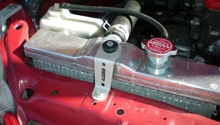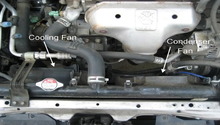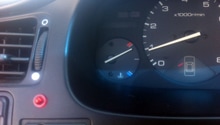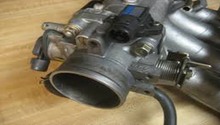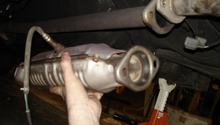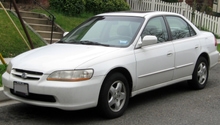Honda Civic: Why is My Engine Coolant Temperature (ECT) Sensor Bad?
This article will go over the signs and symptoms that will help you decide whether or not your ECT sensor needs to be replaced. So continue reading to keep the ECT sensor in your Civic working as it should.
This article applies to the Honda Civic (1992-2000).
Your Honda Civic's engine coolant temperature (ECT) sensor is located in the front right section of your engine block. The engine control module (ECM) uses this sensor to constantly measure the engine's temperature. It is then able to regulate the fuel levels and idling, so it can adjust the spark as well as the exhaust gas regulation (EGR) valve functions. So if your ECT sensor does go bad, there are a few symptoms that will help you pinpoint the problem. This article will go over the specific symptoms of a bad ECT sensor, and some options to repair it.
Step 1 – Is your Civic using more fuel than usual?
Because the ECT sensor plays a big part in how the ECU regulates temperature and fuel, you would likely notice a decrease in fuel mileage if the sensor has gone bad. Since lower fuel economy often does indicate that the ECT has gone bad, replace it with a new one and observe your car's fuel economy. If it is still lower than normal, the source of this issue may be caused by another faulty component of engine.
Standard Honda Civic ECT sensors run from about $20 to $40. Replacing it yourself is a simple task, so you can avoid paying the professional cost.

Step 2 – Is the check engine light (CEL) on?
If the CEL in your dash flips on, either pull the code with an OBD scan tool or do it manually. Engine code readers can run from $25 to $80 at your local auto parts store. If you decide to pull the code manually, the method to do so can be found here.
You may not get a code that directly corresponds to the ECT sensor. But if the CEL code indicates a problem related to the sensor, the cheapest solution could still be to replace it.

Step 3 – Does your Civic have trouble starting?
Does your Civic have difficulty starting after you have just filled up on gas? If your car does have some trouble starting, specifically after the engine has warmed up to operating temperatures, this may also indicate that the ECT sensor is faulty. In addition, if you have to pump the gas pedal when cold-starting your car to keep it from dying, this may be another indication that your ECT sensor has gone bad.
Another method is to observe the temperature gauge when the car has already started. The gauge needle should read a temperature just below the halfway point. If the gauge is reading too high or too low a temperature, consider replacing the ECT sensor.

Step 4 – Is black smoke coming from your exhaust?
Lastly, is black smoke coming out of your Civic's exhaust pipes? If so, this is also a sign that you should replace your car's ECT sensor. If the ECM of your car is not receiving the correct temperature reading, it may adjust other components of the engine. This causes them to run under abnormal settings, and causes a change in fuel mixture or even a complication within the engine block.
If your car has presented any of these symptoms, it is very likely that they are related to a bad ECT sensor. Replacing the sensor is an easy, inexpensive, quick repair, and could save you from costly engine damage in the future.
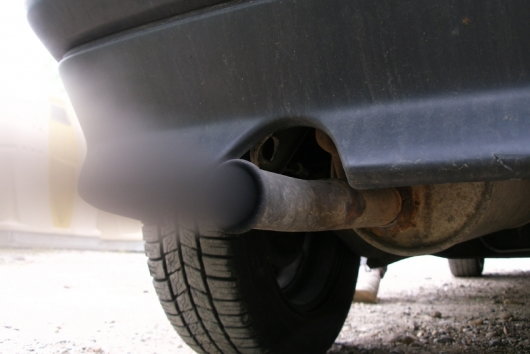
Featured Video: Why is my Engine Coolant Temp Sensor Bad?
Related Discussions, and Video
- How to Pull CEL Codes in a Honda Civic - Honda-Tech.com
- Engine ECT Sensor Questions - Honda-Tech.com
- DIY Engine Code Reading - YouTube.com

